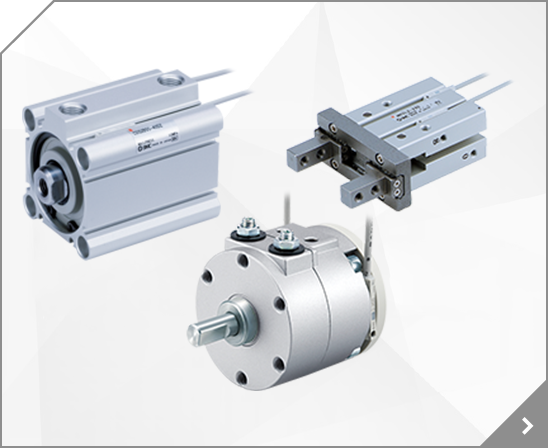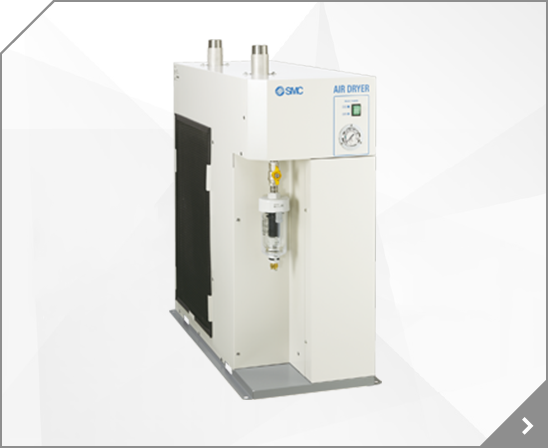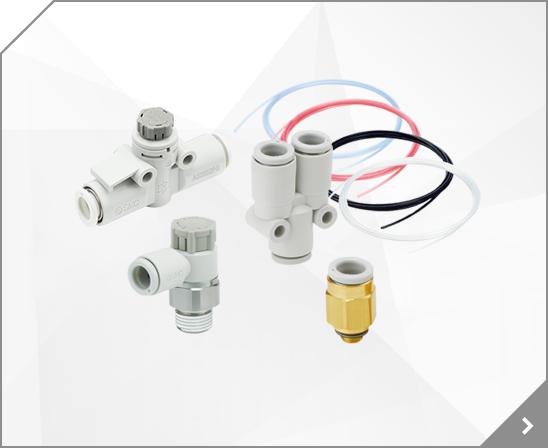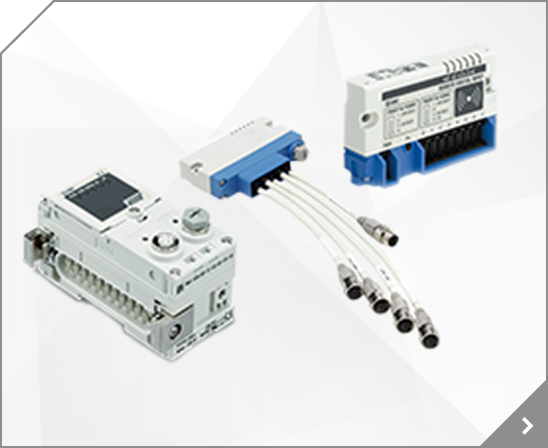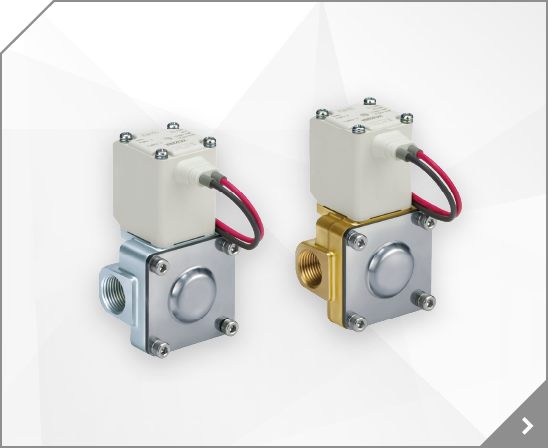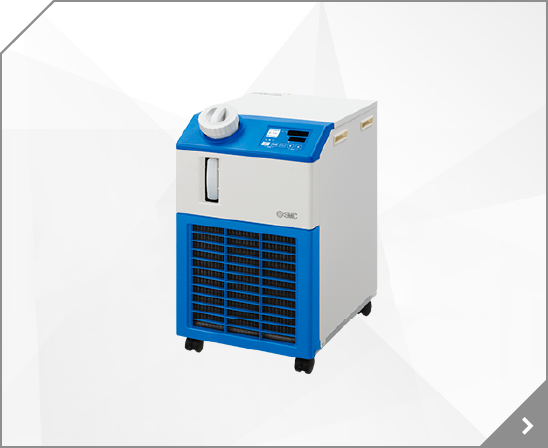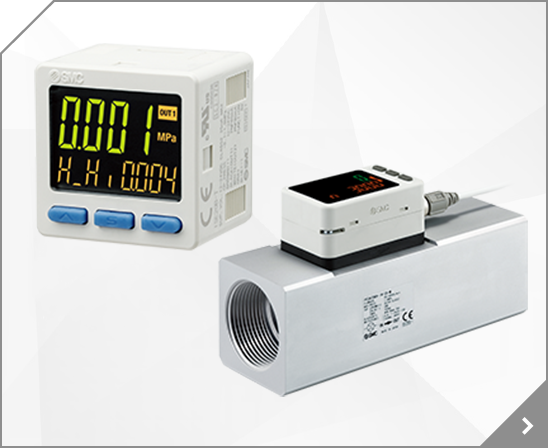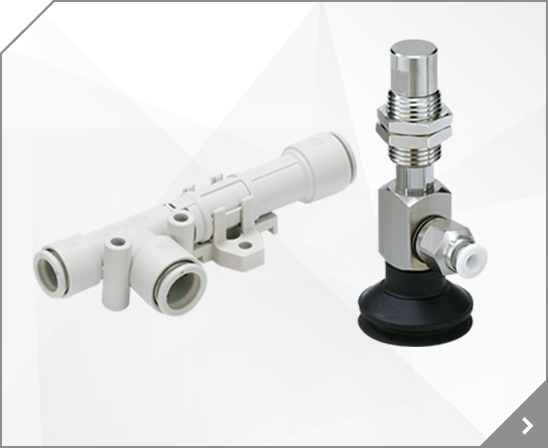
Vibration resistance [m/s2] Note 4)Actuation typeGuide typeOperating temperature range [nC]Operating humidity range[%RH]Motor output/SizeMotor typeEncoderPowerconsumption [W] Note 5)Standby power consumption when operating [W] Note 6)Max. instantaneous power consumption [W] Note 7)Type Note 8)Holding force [N]Power consumption at 20nC [W] Note 9)Rated voltage [V]Stroke rangeLEFS40S4200, 300, 400
Vibration resistance [m/s2] Note 4)Actuation typeGuide typeOperating temperature range [nC]Operating humidity range[%RH]Motor output/SizeMotor typeEncoderPowerconsumption [W] Note 5)Standby power consumption when operating [W] Note 6)Max. instantaneous power consumption [W] Note 7)Type Note 8)Holding force [N]Power consumption at 20nC [W] Note 9)Rated voltage [V]Stroke rangeLEFS40S4200, 300, 400
Vibration resistance [m/s2] Note 4)Actuation typeGuide typeOperating temperature range [nC]Operating humidity range[%RH]Motor output/SizeMotor typeEncoderPowerconsumption [W] Note 5)Standby power consumption when operating [W] Note 6)Max. instantaneous power consumption [W] Note 7)Type Note 8)Holding force [N]Power consumption at 20nC [W] Note 9)Rated voltage [V]Stroke rangeLEFS40S4200, 300, 400
Vibration resistance [m/s2] Note 4)Actuation typeGuide typeOperating temperature range [nC]Operating humidity range[%RH]Motor output/SizeMotor typeEncoderPowerconsumption [W] Note 5)Standby power consumption when operating [W] Note 6)Max. instantaneous power consumption [W] Note 7)Type Note 8)Holding force [N]Power consumption at 20nC [W] Note 9)Rated voltage [V]Stroke rangeLEFS40S4200, 300, 400
Vibration resistance [m/s2] Note 4)Actuation typeGuide typeOperating temperature range [nC]Operating humidity range[%RH]Motor output/SizeMotor typeEncoderPowerconsumption [W] Note 5)Standby power consumption when operating [W] Note 6)Max. instantaneous power consumption [W] Note 7)Type Note 8)Holding force [N]Power consumption at 20nC [W] Note 9)Rated voltage [V]Stroke rangeLEFS40S4200, 300, 400
Vibration resistance [m/s2] Note 4)Actuation typeGuide typeOperating temperature range [nC]Operating humidity range[%RH]Motor output/SizeMotor typeEncoderPowerconsumption [W] Note 5)Standby power consumption when operating [W] Note 6)Max. instantaneous power consumption [W] Note 7)Type Note 8)Holding force [N]Power consumption at 20nC [W] Note 9)Rated voltage [V]Stroke rangeLEFS40S4200, 300, 400
Vibration resistance [m/s2] Note 4)Actuation typeGuide typeOperating temperature range [nC]Operating humidity range[%RH]Motor output/SizeMotor typeEncoderPowerconsumption [W] Note 5)Standby power consumption when operating [W] Note 6)Max. instantaneous power consumption [W] Note 7)Type Note 8)Holding force [N]Power consumption at 20nC [W] Note 9)Rated voltage [V]Stroke rangeLEFS40S4200, 300, 400
Vibration resistance [m/s2] Note 4)Actuation typeGuide typeOperating temperature range [nC]Operating humidity range[%RH]Motor output/SizeMotor typeEncoderPowerconsumption [W] Note 5)Standby power consumption when operating [W] Note 6)Max. instantaneous power consumption [W] Note 7)Type Note 8)Holding force [N]Power consumption at 20nC [W] Note 9)Rated voltage [V]Stroke rangeLEFS40S4200, 300, 400
Vibration resistance [m/s2] Note 4)Actuation typeGuide typeOperating temperature range [nC]Operating humidity range[%RH]Motor output/SizeMotor typeEncoderPowerconsumption [W] Note 5)Standby power consumption when operating [W] Note 6)Max. instantaneous power consumption [W] Note 7)Type Note 8)Holding force [N]Power consumption at 20nC [W] Note 9)Rated voltage [V]Stroke rangeLEFS40S4200, 300, 400
Vibration resistance [m/s2] Note 4)Actuation typeGuide typeOperating temperature range [nC]Operating humidity range[%RH]Motor output/SizeMotor typeEncoderPowerconsumption [W] Note 5)Standby power consumption when operating [W] Note 6)Max. instantaneous power consumption [W] Note 7)Type Note 8)Holding force [N]Power consumption at 20nC [W] Note 9)Rated voltage [V]Stroke rangeLEFS40S4200, 300, 400
Note 3)o0.085450/20BeltLinear guide5 to 4090 or less (No condensation)400 W/;60AC servo motor (100/200 VAC)Motor type S2, S3, S4: Incremental 17-bit encoder (Resolution: 131072 p/rev) Motor type S6, S7, S8: Absolute 18-bit encoder (Resolution: 262144 p/rev)72?2?1275Non-magnetizing lock1107.924 VDC 0 10%
Vibration resistance [m/s2] Note 4)Actuation typeGuide typeOperating temperature range [nC]Operating humidity range[%RH]Motor output/SizeMotor typeEncoderPowerconsumption [W] Note 5)Standby power consumption when operating [W] Note 6)Max. instantaneous power consumption [W] Note 7)Type Note 8)Holding force [N]Power consumption at 20nC [W] Note 9)Rated voltage [V]Stroke rangeLEFS40S4200, 300, 400
Vibration resistance [m/s2] Note 4)Actuation typeGuide typeOperating temperature range [nC]Operating humidity range[%RH]Motor output/SizeMotor typeEncoderPowerconsumption [W] Note 5)Standby power consumption when operating [W] Note 6)Max. instantaneous power consumption [W] Note 7)Type Note 8)Holding force [N]Power consumption at 20nC [W] Note 9)Rated voltage [V]Stroke rangeLEFS40S4200, 300, 400
Vibration resistance [m/s2] Note 4)Actuation typeGuide typeOperating temperature range [nC]Operating humidity range[%RH]Motor output/SizeMotor typeEncoderPowerconsumption [W] Note 5)Standby power consumption when operating [W] Note 6)Max. instantaneous power consumption [W] Note 7)Type Note 8)Holding force [N]Power consumption at 20nC [W] Note 9)Rated voltage [V]Stroke rangeLEFS40S4200, 300, 400
Magnet: None, Mounting: B (Through Hole), Overall Length: Standard, Bore Size: 400 (4"), Stroke: 400 (4")
Magnet: None, Mounting: A (Both Ends Tapped), Overall Length: Standard, Bore Size: 400 (4"), Stroke: 400 (4")
The MGC guide cylinder is ideal for material handling applications involving stopping, lifting, and pushing. It combines the functions of a conventional linear cylinder, and a non-rotation device. Features include standard air cushions, grease nipple, and switch capability. Other features include, slide or ball bushing bearings, compact design, adjustable air cushion, and lightweight guided
The CNA2 series cylinder with lock?is?suitable for mid-stroke stops, emergency stops, and drop prevention. An equal holding force in extending and retracting directions make it possible to lock at either end of the stroke. High reliability and stable holding force are maintained by using a substantially lengthened brake shoe with superior wear resistance. The locking mechanism is isolated
The MGC guide cylinder is ideal for material handling applications involving stopping, lifting, and pushing. It combines the functions of a conventional linear cylinder, and a non-rotation device. Features include standard air cushions, grease nipple, and switch capability. Other features include, slide or ball bushing bearings, compact design, adjustable air cushion, and lightweight guided
